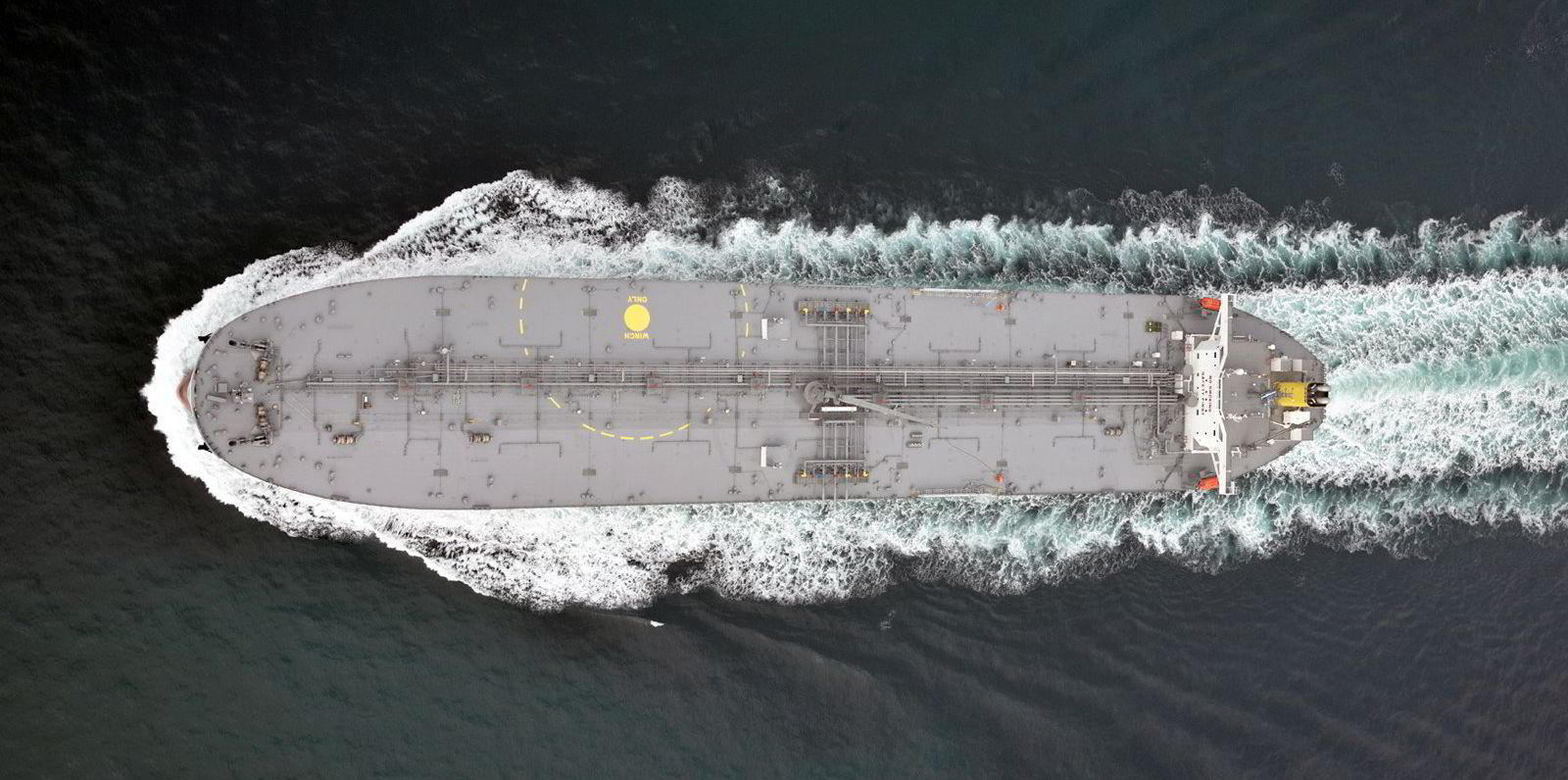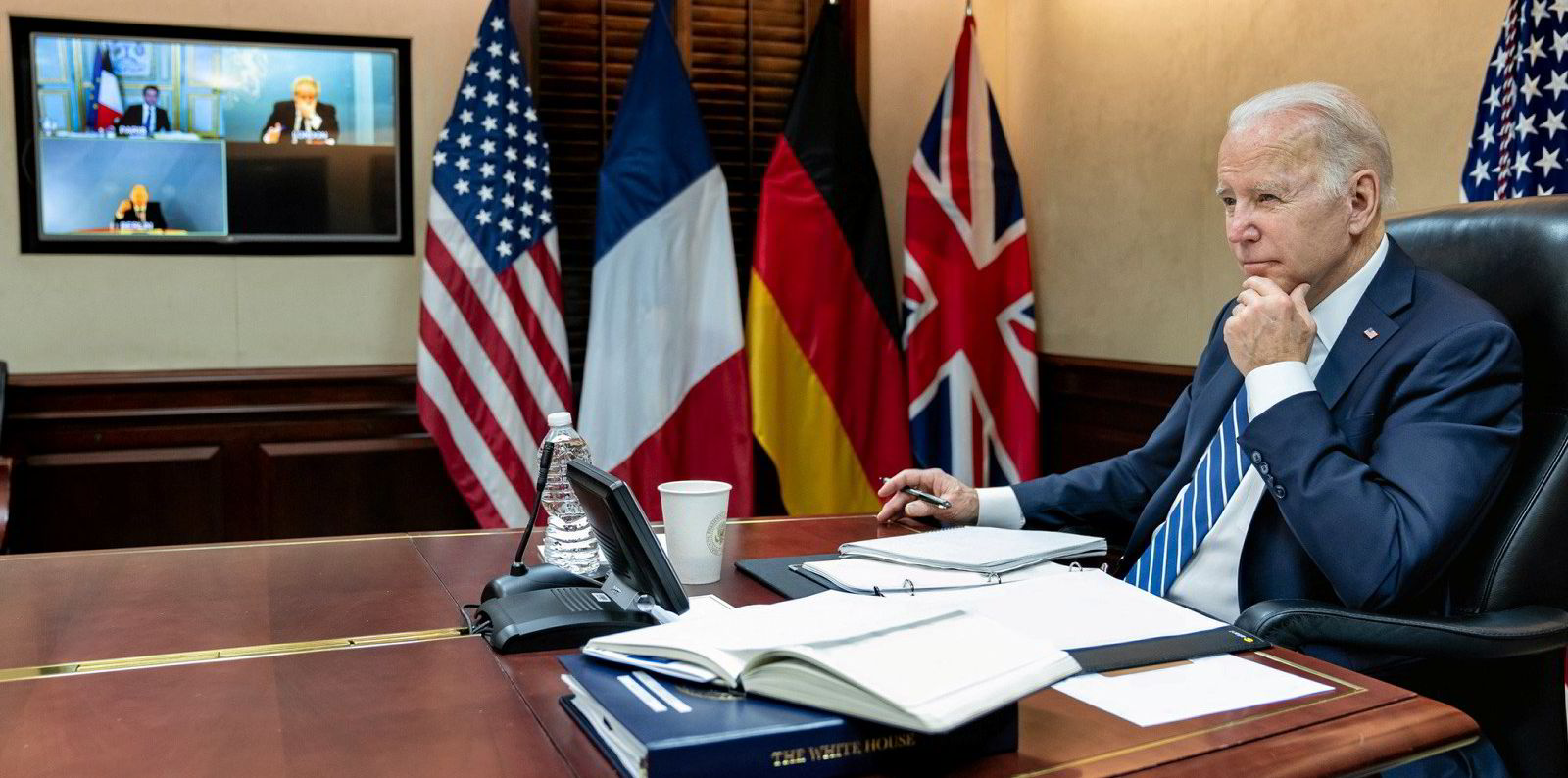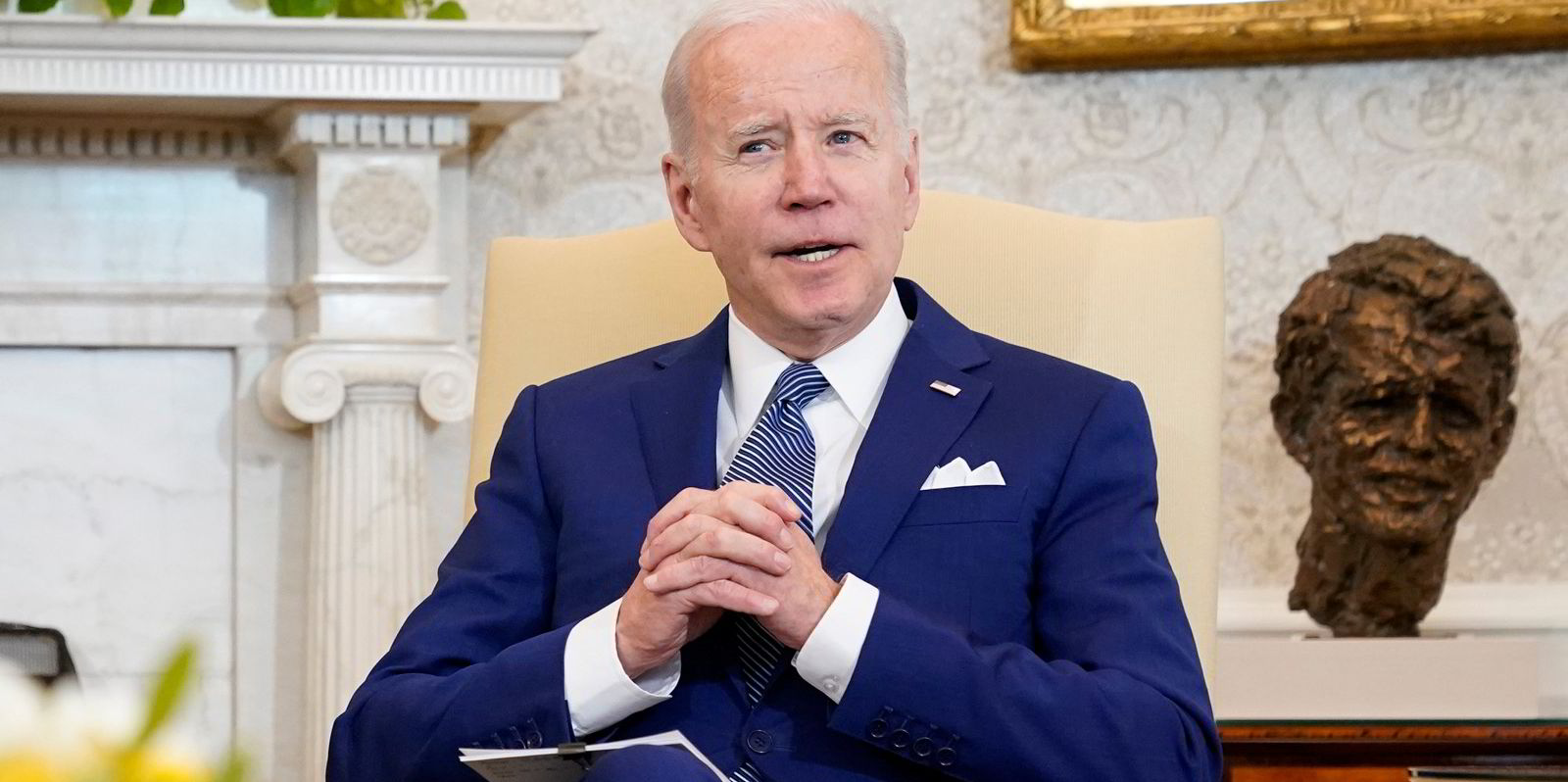The US administration is reported to be considering a plan to release massive quantities of crude oil from US reserves.
The plans could see roughly one million barrels of oil a day released for “several months” to combat rising prices and supply shortages following Russia’s invasion of Ukraine, reported Bloomberg.
The total release may be as much as 180m barrels, the news agency said quoting unnamed individuals said to be familiar with the plan.
The plan is also to be accompanied by a diplomatic push for the International Energy Agency to coordinate a global release by other countries.
A final decision hasn’t been reached on the global release, but the White House may make an announcement on the US release as soon as Thursday, Bloomberg reported.
The White House said in a statement that President Joe Biden would speak Thursday about his efforts to reduce energy prices “and lower gas prices at the pump for American families,” which it blamed on Russian President Vladimir Putin.
President Biden has already implemented two large releases of oil from US reserves in the past six months — 50m barrels in November, and another 30m barrels in March, after Russia’s invasion.
As of 25 March, the Strategic Petroleum Reserve (SPR) had 568m barrels remaining, its lowest since May 2002, according to US Energy Department data.
Oil prices have surged since Russia invaded Ukraine in late February and the US and its allies responded with hefty sanctions on Russia, the second-largest exporter of crude worldwide.
Brent crude, the world benchmark, soared to about $139 earlier this month, highest since 2008, and was near $110 a barrel in Asian trading on Thursday, reported Reuters.

Russia is one of the world's top producers of oil, contributing about 10% to the global market.
But sanctions and buyer reluctance to buy Russian oil could remove about 3m barrels per day (bpd) of Russian oil from the market starting in April, the International Energy Agency (IEA) has said.
The news comes just before the Opec+ group of exporters, which includes Russia, was due to meet on Thursday to discuss reducing supply curbs.
However, Reuters reported on Wednesday that Opec+ was likely to stick to its existing deal to gradually increase oil production.
Opec+ has boosted output targets by 400,000 bpd each month since August 2021. From 1 May, that monthly target increase will rise slightly to 432,000 bpd.
Anoop Singh, head of tanker research at Braemar ACM Shipbroking, told TradeWinds that the impact on the tanker market will depend on what kind of oil is released and where it goes.
“We would expect a substantial portion of that oil to be exported if the administration walks down that road,” he said.
“That will be positive for aframaxes in the US Gulf and the wider Caribbean and UKC regions mainly, while suezmaxes are also likely to benefit too.”
Singh said it was questionable how much this release might lower oil prices; and therefore, how long it is likely to be continued.
“The US has 586m barrels of crude in stocks. If strategic stocks are drawn down aggressively, it will raise prices,” he said.
“The size of an inventory cushion impacts prices, especially in tight markets. A small cushion means high prices as traders price-in future scarcity.
“The same factors plague any decision for the Saudi spare capacity to be narrowed/exhausted when demand is firm,” he added.





